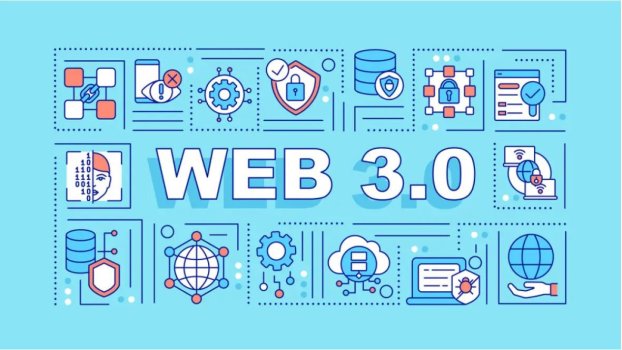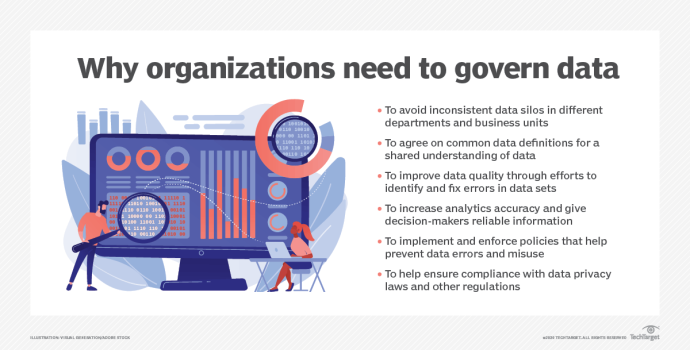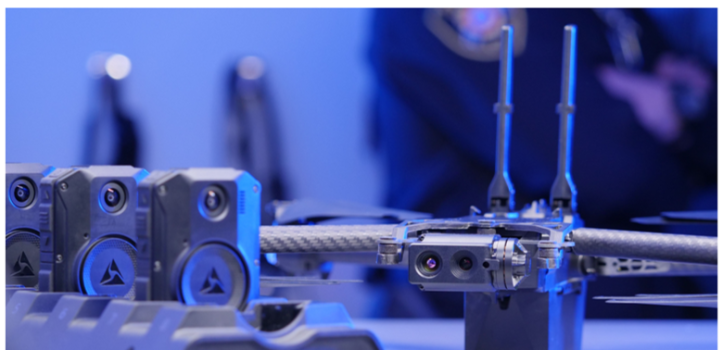What Are Web 3.0-Enabled Blockchain Esops And How Are They Different From Regular Esops?
- Technology Solutions
- 0 Replies
There is a new Web 3.0 trend among crypto companies to issue their own crypto tokens as Esops to their employees. Read below to find out what exactly they are and how they will be taxed in India.
An employee stock option (ESOP) is a popular method that companies use for rewarding their deserving employees. But following the Web 3.0 trend, several global and Indian crypto companies are also issuing Esops to their employees, but with a slight difference. The Esops issued by them are on the Blockchain and are governed by smart contracts.
MuffinPay ($MFIN) is one such Crypto Fintech Start-up that recently reserved $6 million worth of Blockchain-based Esop for its employees. In addition, many other global crypto companies, including crypto exchanges like Binance (BNB), have their own crypto tokens and have allocated Blockchain-based Esops to their employees in the past.
Hitesh Malviya, founder of itsblockchain.com, India’s oldest cryptocurrency and Blockchain media publication website, says: “Similar to start-ups and companies in the Web 2.0 era, these days, crypto companies and others are issuing Web 3.0 enabled Blockchain-based Esops to their employees. Like Web 2.0 based Esops, these new Web 3.0 Blockchain-based Esops too have a cliff period, wherein it can’t be claimed or sold, and they also follow a vesting period schedule, i.e., the time period between the Esop grant date and vesting date, which varies from company to company.”
Continue reading: https://www.outlookindia.com/business/the-latest-web-3-0-trend-blockchain-based-esops-read-here-to-know-more-about-it-news-198388
An employee stock option (ESOP) is a popular method that companies use for rewarding their deserving employees. But following the Web 3.0 trend, several global and Indian crypto companies are also issuing Esops to their employees, but with a slight difference. The Esops issued by them are on the Blockchain and are governed by smart contracts.
MuffinPay ($MFIN) is one such Crypto Fintech Start-up that recently reserved $6 million worth of Blockchain-based Esop for its employees. In addition, many other global crypto companies, including crypto exchanges like Binance (BNB), have their own crypto tokens and have allocated Blockchain-based Esops to their employees in the past.
Hitesh Malviya, founder of itsblockchain.com, India’s oldest cryptocurrency and Blockchain media publication website, says: “Similar to start-ups and companies in the Web 2.0 era, these days, crypto companies and others are issuing Web 3.0 enabled Blockchain-based Esops to their employees. Like Web 2.0 based Esops, these new Web 3.0 Blockchain-based Esops too have a cliff period, wherein it can’t be claimed or sold, and they also follow a vesting period schedule, i.e., the time period between the Esop grant date and vesting date, which varies from company to company.”
Continue reading: https://www.outlookindia.com/business/the-latest-web-3-0-trend-blockchain-based-esops-read-here-to-know-more-about-it-news-198388
























